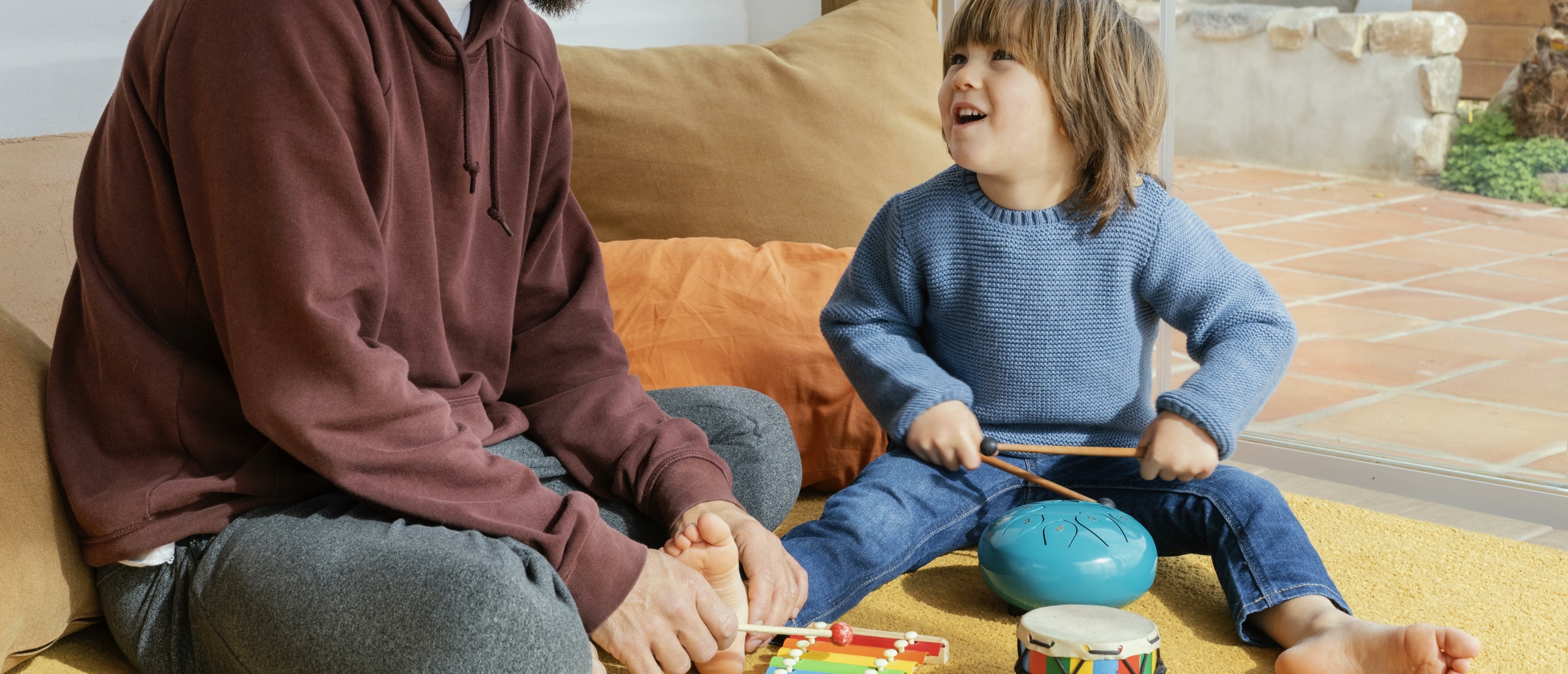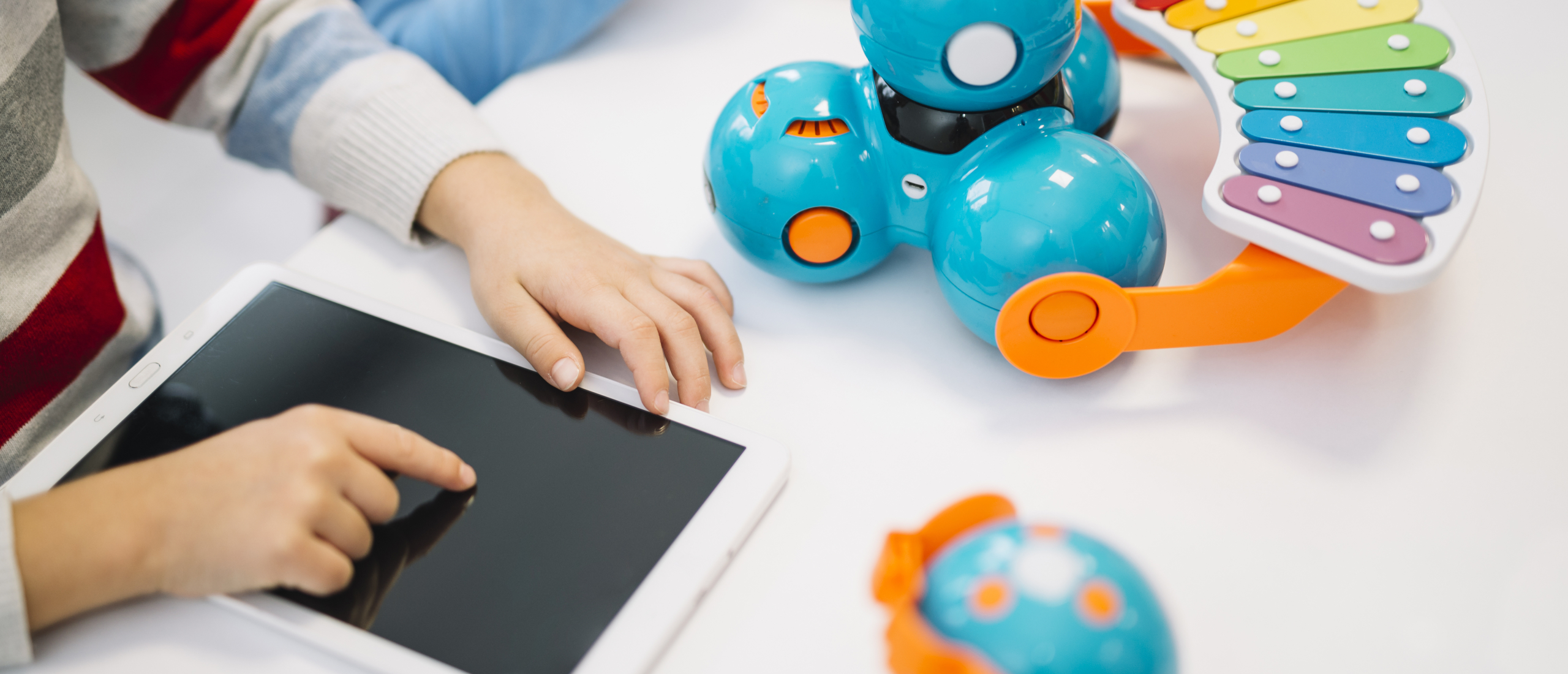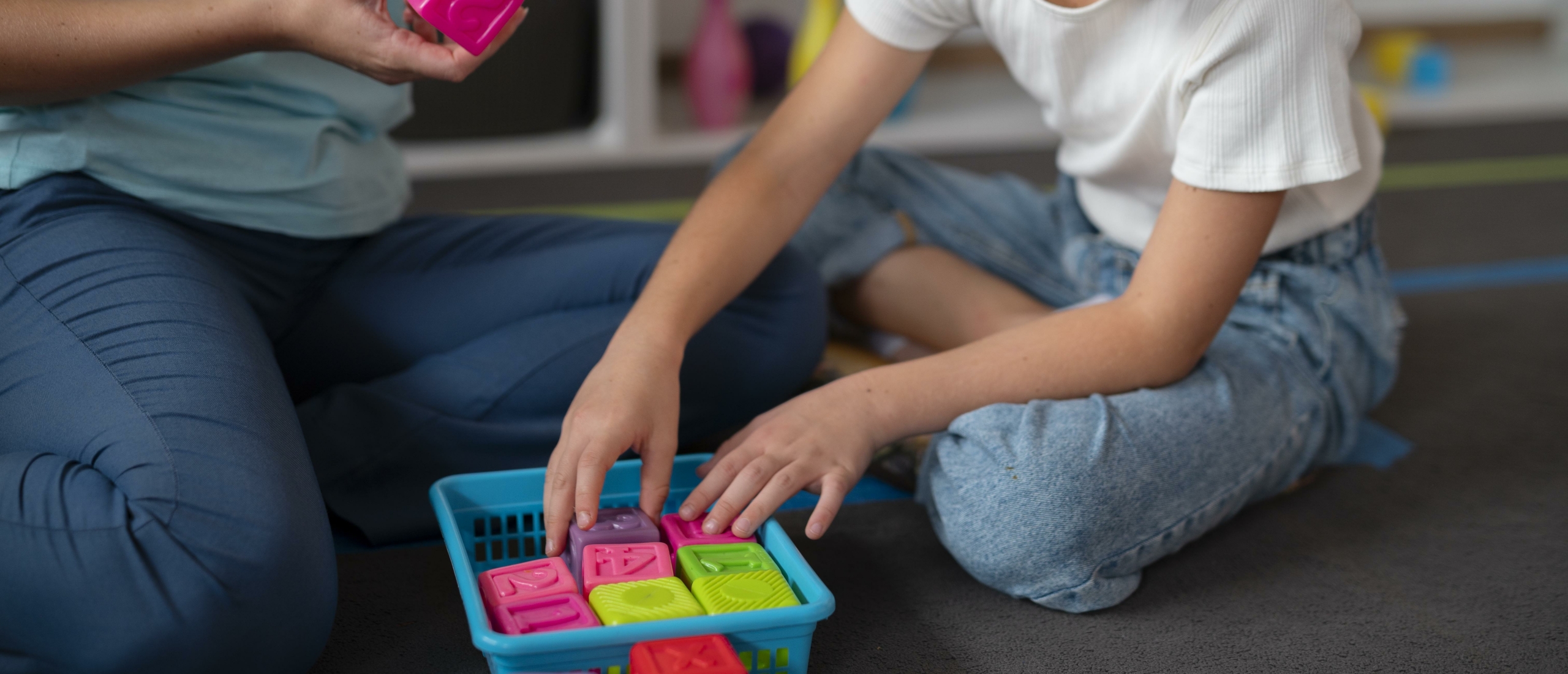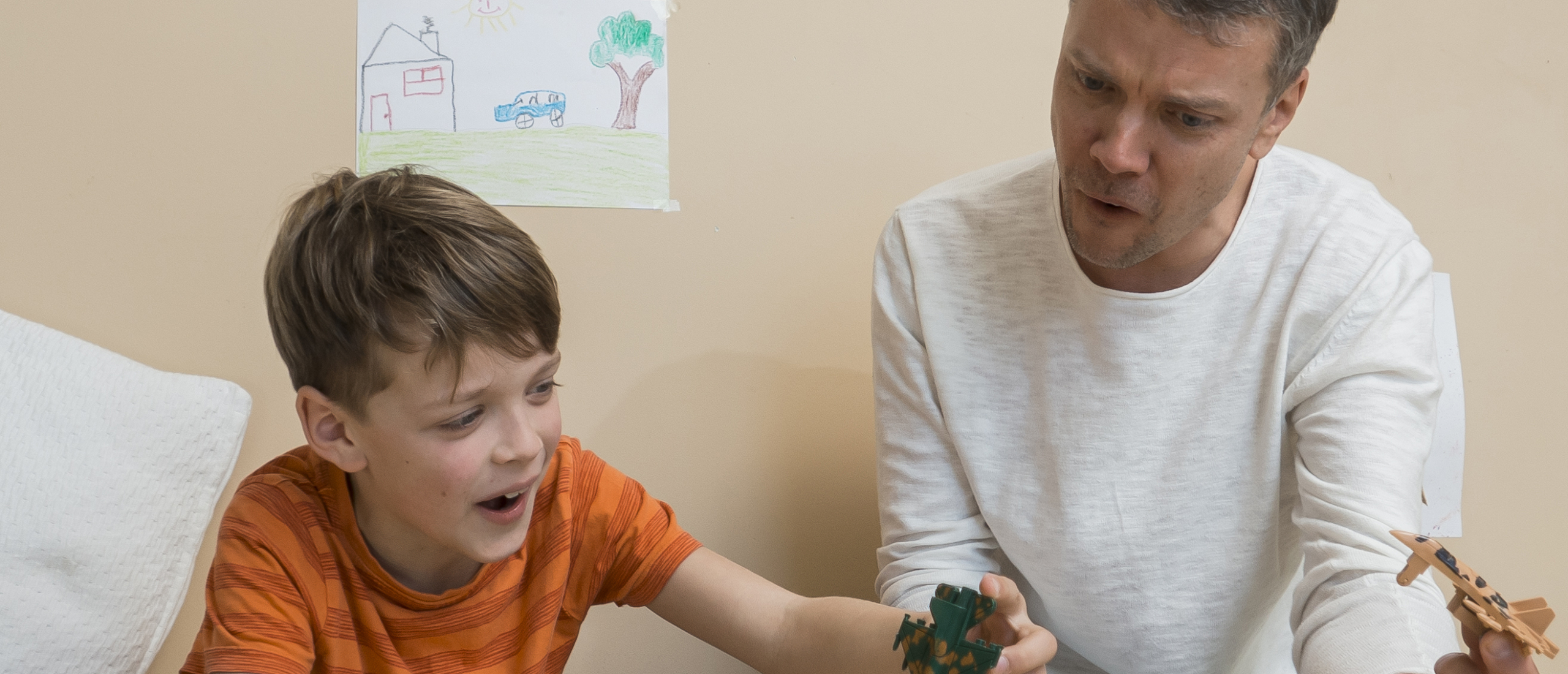
Building a Social Toolbox: Empowering Children with Autism
When raising a child with autism, giving them the right tools to handle social situations can turn challenges into chances for connection and growth. A “social toolbox” is a metaphor for the collection of strategies, skills, and coping mechanisms that children can use in various social scenarios. Are you interested in learning how to help children with autism? This blog post has tips and tricks.
Understanding the Need for a Social Toolbox
Children with autism often face unique challenges in social settings, from interpreting non-verbal cues to manage sensory overload. These challenges can make social interactions feel daunting. However, with a personalized set of tools and strategies, children can learn to navigate these situations more successfully.
Key Components of the Social Toolbox
1. Communication Skills
If you want to get along with people, you have to know how to communicate. For children with autism, this includes both verbal skills and alternative forms of communication, like sign language, picture exchange communication systems (PECS), or digital communication aids. Teaching children how to express their needs, desires, and emotions is a fundamental tool.
2. Understanding Social Cues
Reading and responding to social cues, such as body language and facial expressions, can be challenging. Social stories, videos, and role-playing can be effective ways to teach these skills. These methods can help children understand the nuances of social interactions, such as when to speak, listen, or change the topic.
3. Emotional Regulation
Navigating emotions is crucial in social settings. Tools for emotional regulation might include sensory coping mechanisms, like stress balls or headphones, and strategies like deep breathing or counting. Teaching children to recognize and manage their emotions helps prevent meltdowns and facilitates smoother social interactions.
4. Flexibility and Problem-Solving
Social interactions can be unpredictable. Teaching children strategies for flexibility and problem-solving enables them to adapt to new situations and find solutions to social challenges they may encounter. This could involve role-playing various scenarios and discussing potential strategies to handle them.
5. Self-Advocacy
As children grow, they should be encouraged to advocate for their needs and preferences. This involves teaching them how to request help, say when they are uncomfortable, or request accommodations if needed. Self-advocacy is a powerful tool that fosters independence and self-confidence.
Building the Toolbox: Strategies for Success
Tailor to the Individual
Each child’s social toolbox will look different, tailored to their specific needs, strengths, and challenges.
Practice in a Safe Environment
Before applying these tools in the real world, practice them in a controlled, safe environment. This could be at home, with family, or in a therapy setting. Repeated practice helps solidify these skills.
Encourage and Celebrate Progress
Every step forward, no matter how small, is a victory. Celebrate these moments of progress to reinforce positive behavior and boost the child’s confidence.
Seek Professional Guidance
Working with professionals who specialize in autism can provide valuable insights into building an effective social toolbox. They can offer personalized strategies and support based on the latest research and best practices.
Conclusion
Building a social toolbox for a child with autism is a process of exploration, patience, and love. It is about enabling them with the skills they need to navigate social situations more effectively, enhancing their quality of life. By investing time and effort into developing this toolbox, parents, caregivers, and educators can help children with autism build meaningful relationships and participate more fully in the world around them.
Let us open up a world of social possibilities for our children with autism, one tool at a time.











